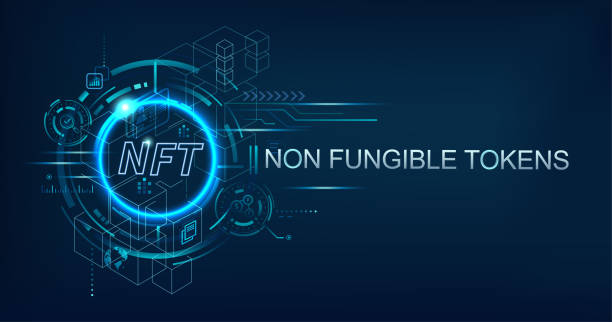Over the last few years, NFTs (non-fungible tokens) have made headlines across industries—art, gaming, music, and even real estate. They’ve created million-dollar sales, viral memes, and sparked heated debates. But beyond the hype, a big question remains: Are NFTs simply a passing trend, or could they actually become a long-term digital asset class?
The Rise of NFTs: Hype or Innovation?
The explosion of NFTs in 2021 was fueled by media attention, celebrity endorsements, and speculative trading. For many, NFTs became a quick way to make money. However, the underlying technology—blockchain-based ownership of unique digital assets—isn’t just hype. It solves a long-standing problem: proving authenticity and ownership in the digital world.
Real-World Use Cases Emerging
While digital art grabs the spotlight, NFTs are expanding far beyond profile pictures. They’re being integrated into:
Gaming
NFTs power in-game items that players can own, trade, and monetize.
Music & Entertainment
Artists use NFTs to sell exclusive content and royalties directly to fans.
Real Estate & Identity
Some projects explore NFTs for property ownership records and secure digital IDs.
These use cases hint at a future where NFTs aren’t just collectibles but functional digital assets.
Are NFTs Here to Stay?
The initial hype has cooled, but that’s not necessarily a bad thing. Markets are maturing, scams are being filtered out, and real utility is taking center stage. Just like the dot-com bubble, the noise will fade—but the real innovators could define a new era of digital ownership.
Final Thoughts
NFTs may no longer dominate headlines as they once did, but dismissing them as “just a trend” would be shortsighted. Their role as a long-term digital asset class is still developing, and while risks exist, the technology behind NFTs is too powerful to ignore.
If history has taught us anything, it’s that groundbreaking innovations often look like fads before they reshape industries.

